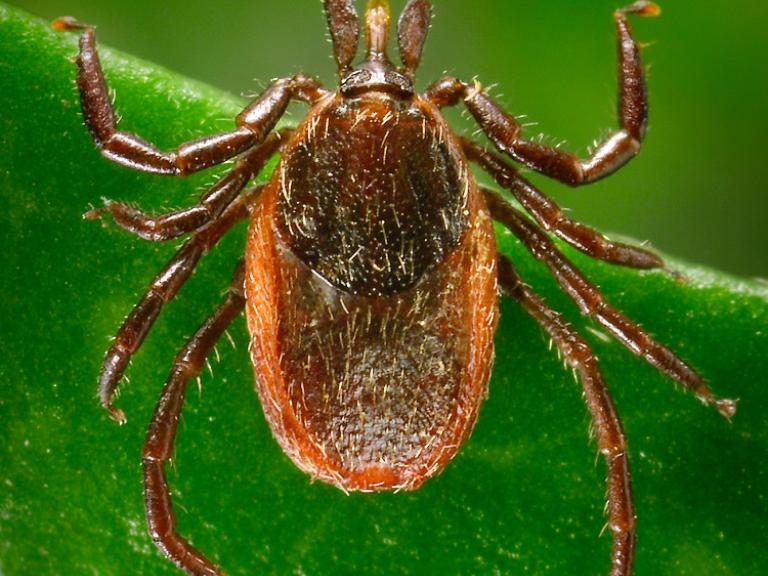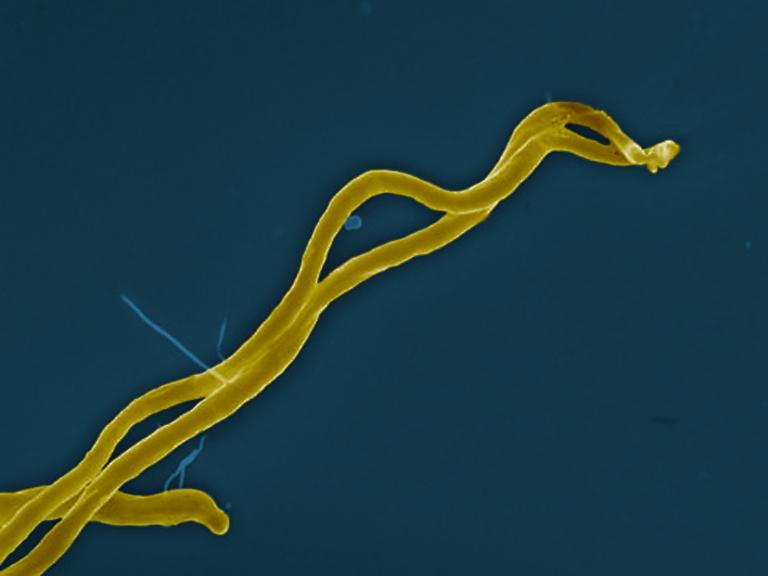Lyme disease, or borreliosis, is caused by the bacterium Borrelia burgdorferi and is transmitted to humans through the bite of an infected blacklegged deer tick. It is the most common tickborne infectious disease in the United States.
State health departments reported 42,743 confirmed or probable cases to the Centers for Disease Control and Prevention (CDC) in 2017. Reported cases are not believed to reflect the actual incidence of Lyme disease, and CDC estimates that 300,000 cases likely occur annually. The incidence of Lyme disease, as with many other tick-borne diseases, has increased dramatically over the past 10 years.
Highlights

Current Efforts in Lyme Disease Research, 2023 Update
The overarching goals of the NIAID Lyme disease research program are to develop better
methods of diagnosing, treating, and preventing this disease in humans. To accomplish these
objectives, the NIAID Lyme disease research portfolio includes a broad range of activities
focusing on the pathogen, the vector, and the vertebrate hosts.

NIAID Targets Transport System as Lyme Disease Treatment
NIAID scientists and colleagues are investigating a potential treatment strategy against Lyme disease that would directly suppress Borrelia burgdorferi, the bacterium that causes the disease.
News Releases
NIAID Now Blog
Funded Research News
Related Public Health and Government Information
To learn about risk factors for Lyme Disease and current prevention and treatment strategies visit the MedlinePlus Lyme Disease site.


